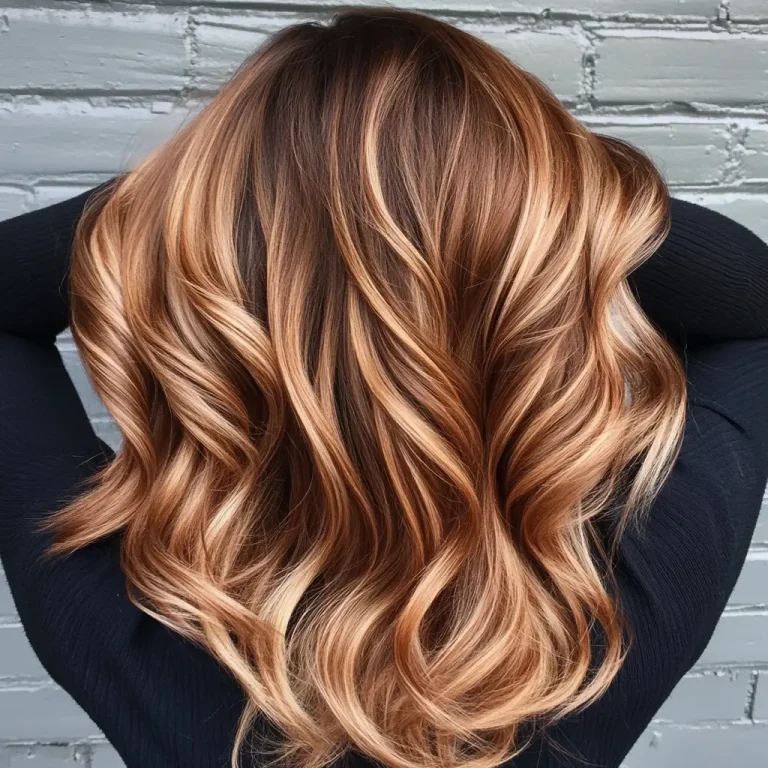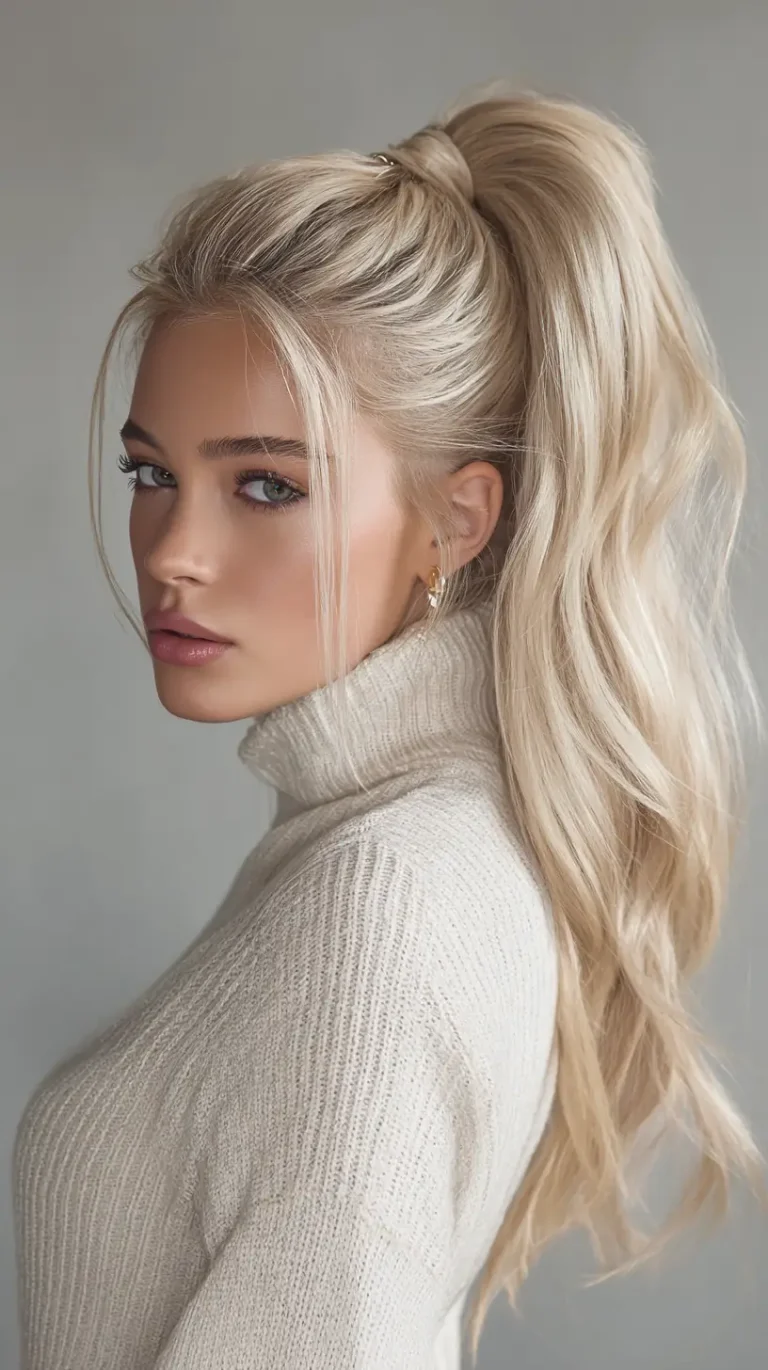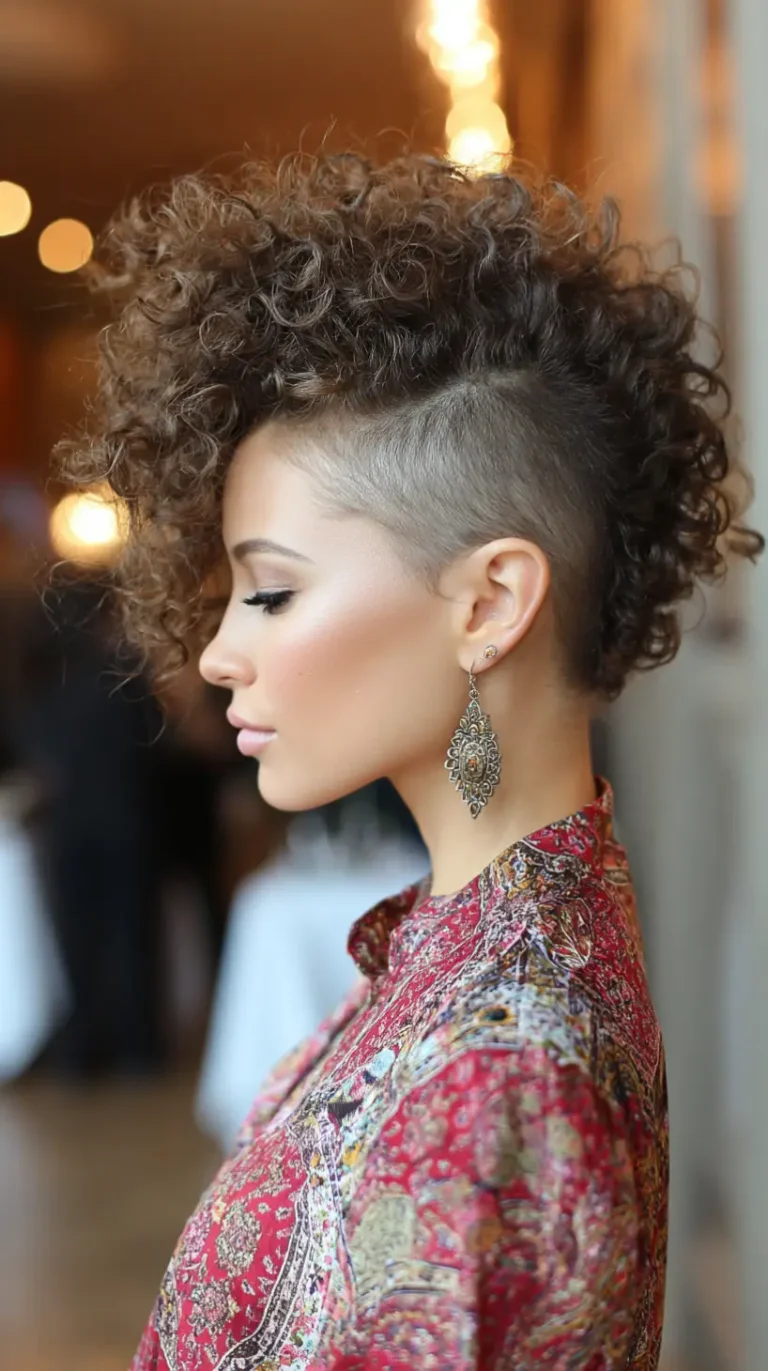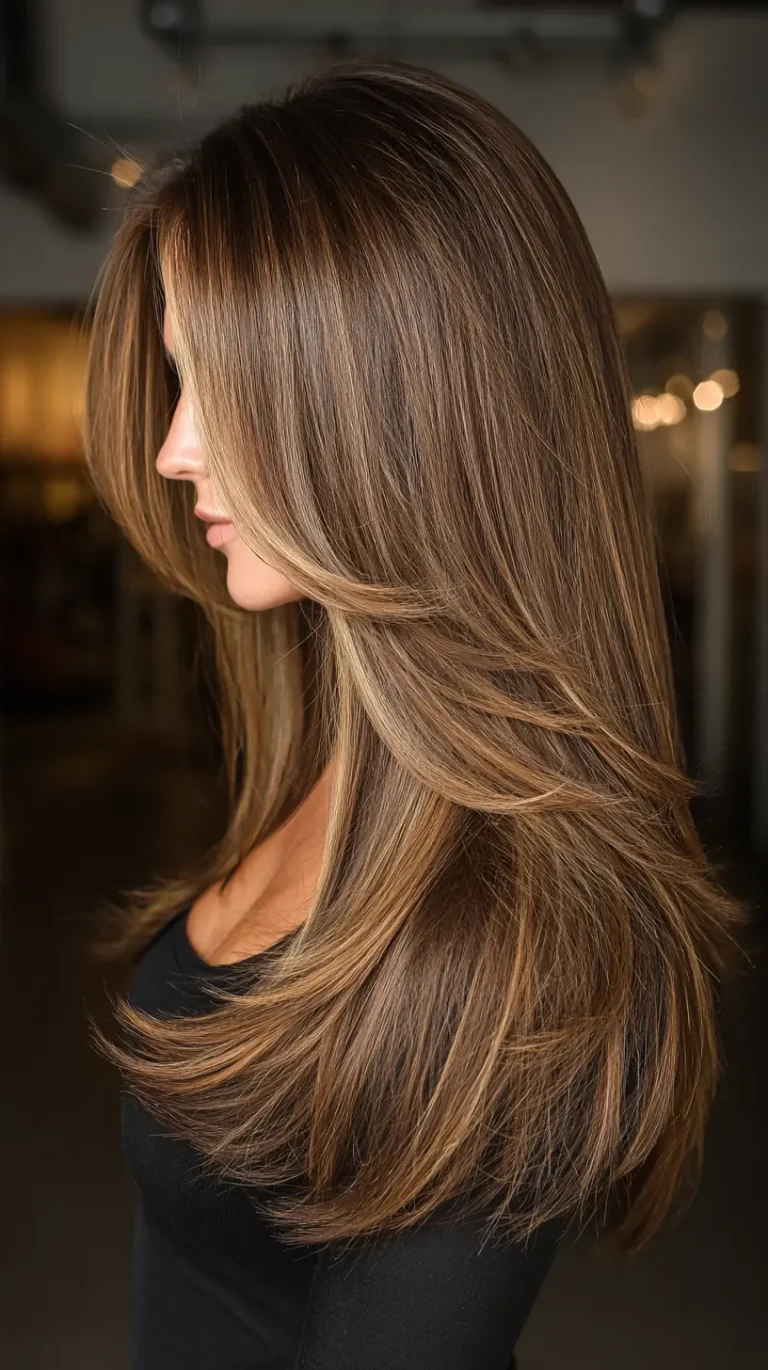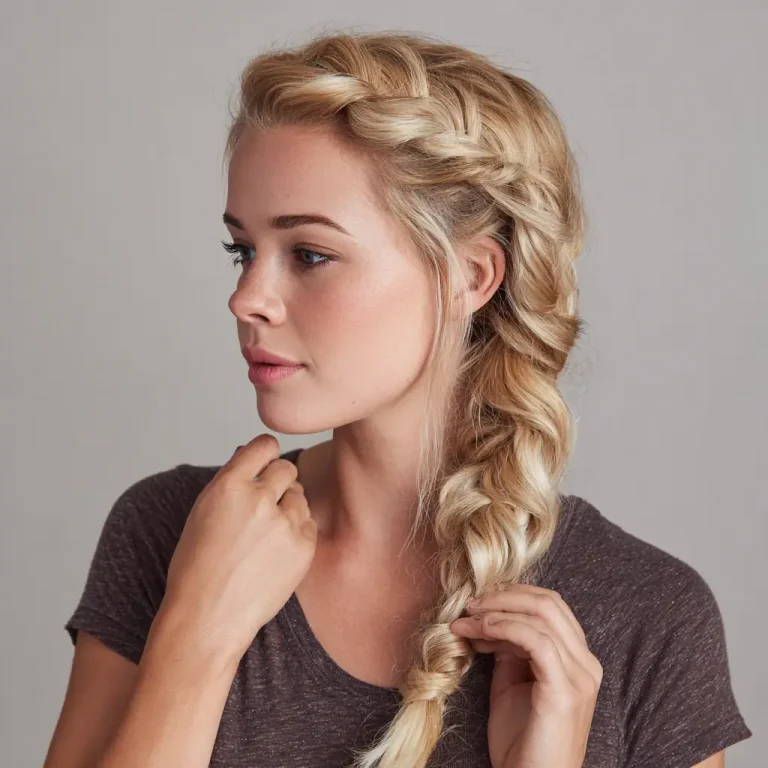17 Dutch Braid Hair That Feel Fresh, Fun, and Surprisingly Easy
Dutch braids have long been celebrated for their bold, raised appearance and versatility. Unlike French braids, which blend into the hair, Dutch braids pop — making them perfect for when you want a hairstyle that’s both functional and eye-catching. Whether you’re looking for something secure for the gym, elegant for a dinner party, or cute for brunch, there’s a Dutch braid variation to match the mood.
Even better? Once you get the technique down, you can build dozens of hairstyles off this one braid. It’s a beautiful blend of tradition and trend, and it works on just about every hair type. Let’s explore 17 Dutch braid styles that are not only wearable but also totally doable — even if you’re not a pro.
1. Classic Double Dutch Braids
This is the ultimate beginner-friendly Dutch braid style — two symmetrical braids that start at the front of your head and go all the way down. It’s clean, practical, and has that “put-together but not trying too hard” energy. Ideal for workouts, school, travel, or busy days when you need your hair out of your face but still want to look good. Pro tip: apply a little styling gel or mousse before braiding for a sleeker finish and longer hold, especially if you have layers or flyaways.
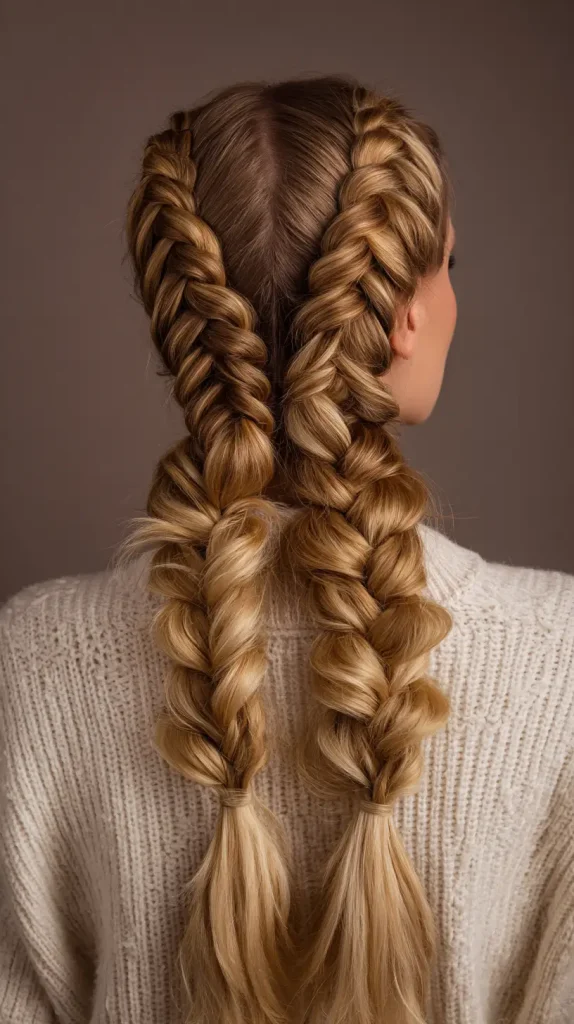
2. Dutch Braid into Ponytail
This is a fantastic fusion of structure and movement. Begin your Dutch braid either in the center or along one side, and once you reach the back of your head, tie the rest of your hair into a high, mid, or low ponytail. This gives the braid a chance to shine while keeping the overall look easy and quick. It’s perfect for both casual wear and low-key glam. Add a wrap of hair around the base of the ponytail for a more polished finish.

3. Dutch Crown Braid
Also known as the halo braid, this style creates a regal, bohemian feel that’s great for special occasions like weddings, date nights, or garden parties. To achieve it, braid around the entire perimeter of your head and tuck the ends underneath. It looks intricate but is surprisingly simple once you’ve done it a few times. This style also doubles as a protective look, keeping your ends tucked in and safe from breakage or environmental stress.
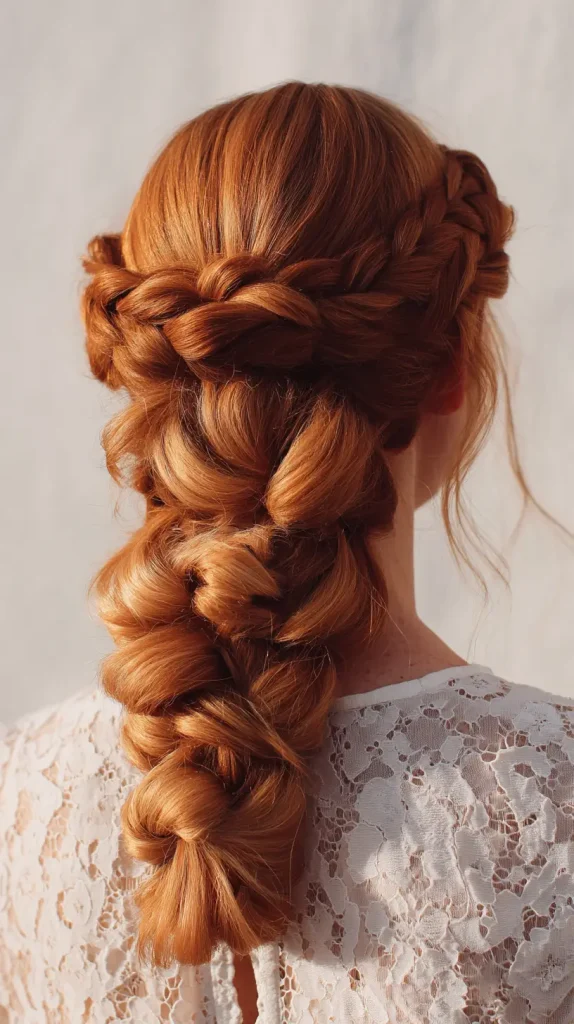
4. Side Swept Dutch Braid
Elegant and romantic, this look features a single Dutch braid pulled to one side of your head. It frames the face beautifully and adds softness to any outfit, especially when paired with curls or soft waves. It’s a great choice for evening events, dinners, or even professional settings if kept neat and clean. You can even tuck the braid behind your ear and secure it with a decorative clip or pin to elevate the style.

5. Dutch Braid into Bun
This style starts with a Dutch braid at the front or side of the head, continuing until the nape of the neck where the remaining hair is twisted into a bun. Whether it’s a low, sleek chignon or a textured messy bun, this style combines the charm of a braid with the practicality of an updo. It’s ideal for everything from formal events to everyday errands and gives a structured, elegant look that stays put all day.

6. Half-Up Dutch Braids
A great option for those who want something in between having their hair fully up or down. Start by parting your hair and creating two small Dutch braids at the crown. Secure them at the back of your head while letting the rest of your hair flow freely. This hairstyle adds dimension, especially if you have layered or wavy hair. It’s playful, light, and ideal for casual outings or festivals when you want to keep hair out of your face without doing a full updo.

7. Dutch Braid Mohawk
Bold and edgy, this look makes a statement. The idea is to braid just the top center section of your hair into a Dutch braid, giving a mohawk effect, while the sides are slicked down or left natural. It’s the perfect festival or concert look and works well with accessories like hair rings or glitter. If you’re someone who loves mixing fashion with edge, this look is your playground. It works best with medium to long hair and can be worn in a ponytail, bun, or left flowing.

8. Double Dutch Braids into Space Buns
This youthful and trendy style begins with two Dutch braids on each side of your head, stopping at the crown where the remaining hair is twisted into two fun space buns. It’s a playful look that brings major energy and works well for casual hangouts, fitness classes, or summer activities. You can keep the buns sleek or pull out a few face-framing strands for a more relaxed, messy-chic vibe.
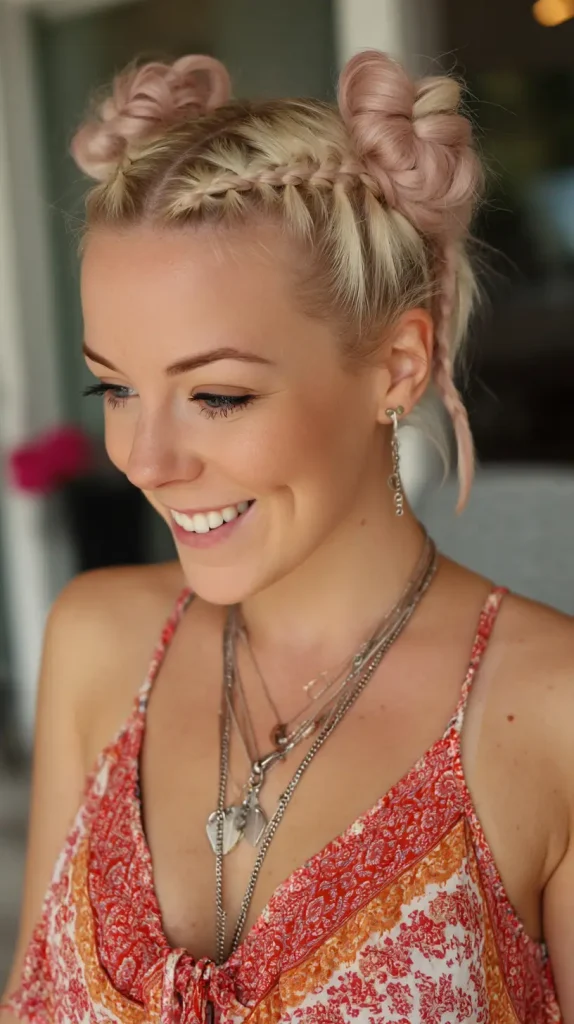
9. Dutch Accent Braid
Sometimes all you need is a small detail to elevate your entire hairstyle. A Dutch accent braid is a single, thin braid—often along your part line, side, or fringe—that adds just a bit of texture and interest to an otherwise simple look. It works with ponytails, waves, or even straight hair and is perfect for days when you want a quick hair refresh without doing a full style. It also plays well with hair accessories like clips or cuffs.

10. Dutch Braids with Extensions
For those looking to add volume, length, or even pops of color without commitment, Dutch braids with extensions are a fantastic option. Feed-in braiding hair as you go to create long, full plaits that can last several days. This style is not only beautiful but also protective, especially for natural or textured hair. It can be worn as two long braids, a braided ponytail, or even wrapped into an updo. It’s also a great base style for wigs or under scarves.
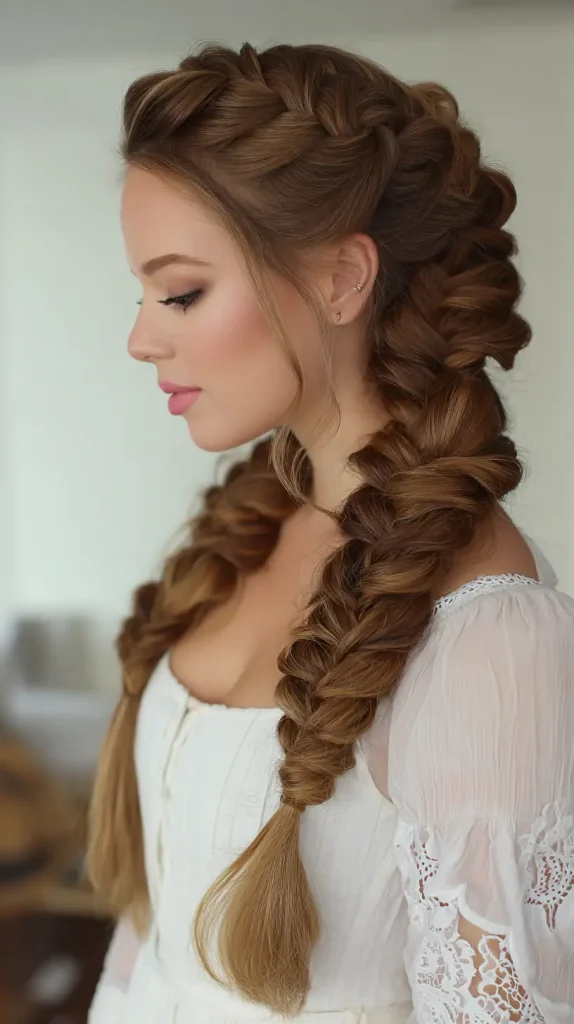
FAQs About Dutch Braids
Are Dutch braids good for beginners?
Yes, although they take a bit of practice, Dutch braids are great for beginners willing to learn. Start by mastering a basic three-strand braid, then move on to underhand braiding (where you cross hair under the center piece). Watching a mirror or tutorial video can help a lot.
How long do Dutch braids typically last?
If done tightly and maintained properly, Dutch braids can last 2–5 days, especially on textured or curly hair. Using a satin scarf or bonnet at night will help prevent frizz and maintain the style.
Can I do Dutch braids on wet hair?
You can, and in fact, braiding damp hair can help reduce flyaways and give a cleaner look. Just be careful not to braid too tightly, as wet hair is more fragile and prone to breakage.
Are Dutch braids damaging?
Not inherently. The key is to avoid braiding too tight or leaving them in for too long. Moisturize your hair and scalp beforehand, and always take breaks between braided styles to let your hair rest.
Can I make Dutch braids work for short hair?
Absolutely. If your hair is long enough to grab into three sections, you can Dutch braid it. For super short hair, you can do mini accent braids or braid only the top section of your head. Using a little pomade or gel helps keep shorter strands in place.
Conclusion
Dutch braids are more than just a pretty hairstyle — they’re a practical and empowering way to express creativity, stay comfortable, and embrace your natural beauty. Whether you’re using them as a base for a protective style, dressing up for an event, or simply taming day-three hair, Dutch braids adapt to your life. They offer structure without stiffness, elegance without effort.
The best part? Once you learn the basics, the variations are endless. You don’t need to be a hairstylist — just a bit of patience, a mirror, and maybe a little dry shampoo. So go ahead, try a new Dutch braid style this week. Your future self (and your hair) will thank you.


